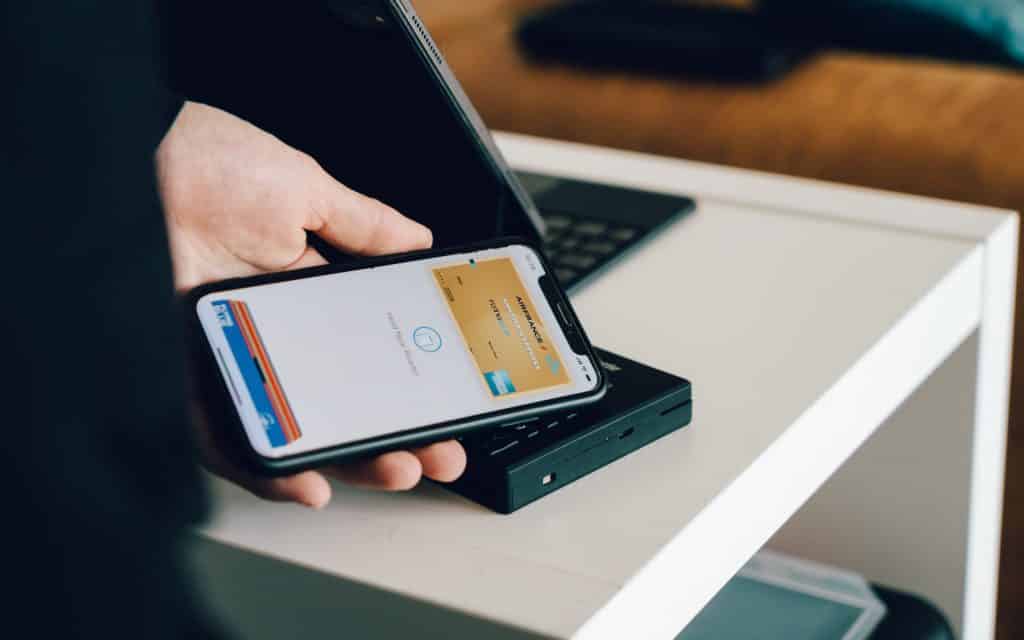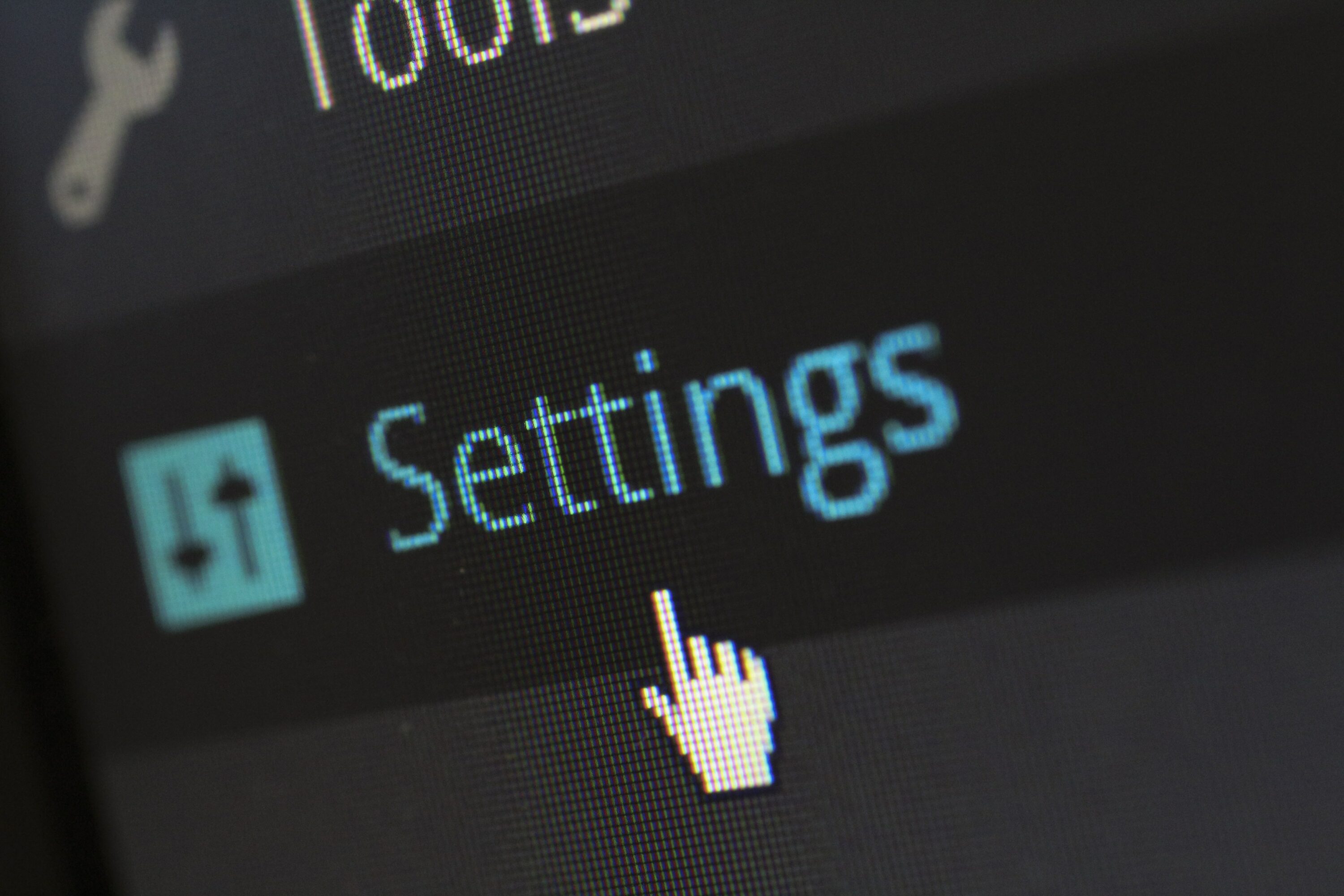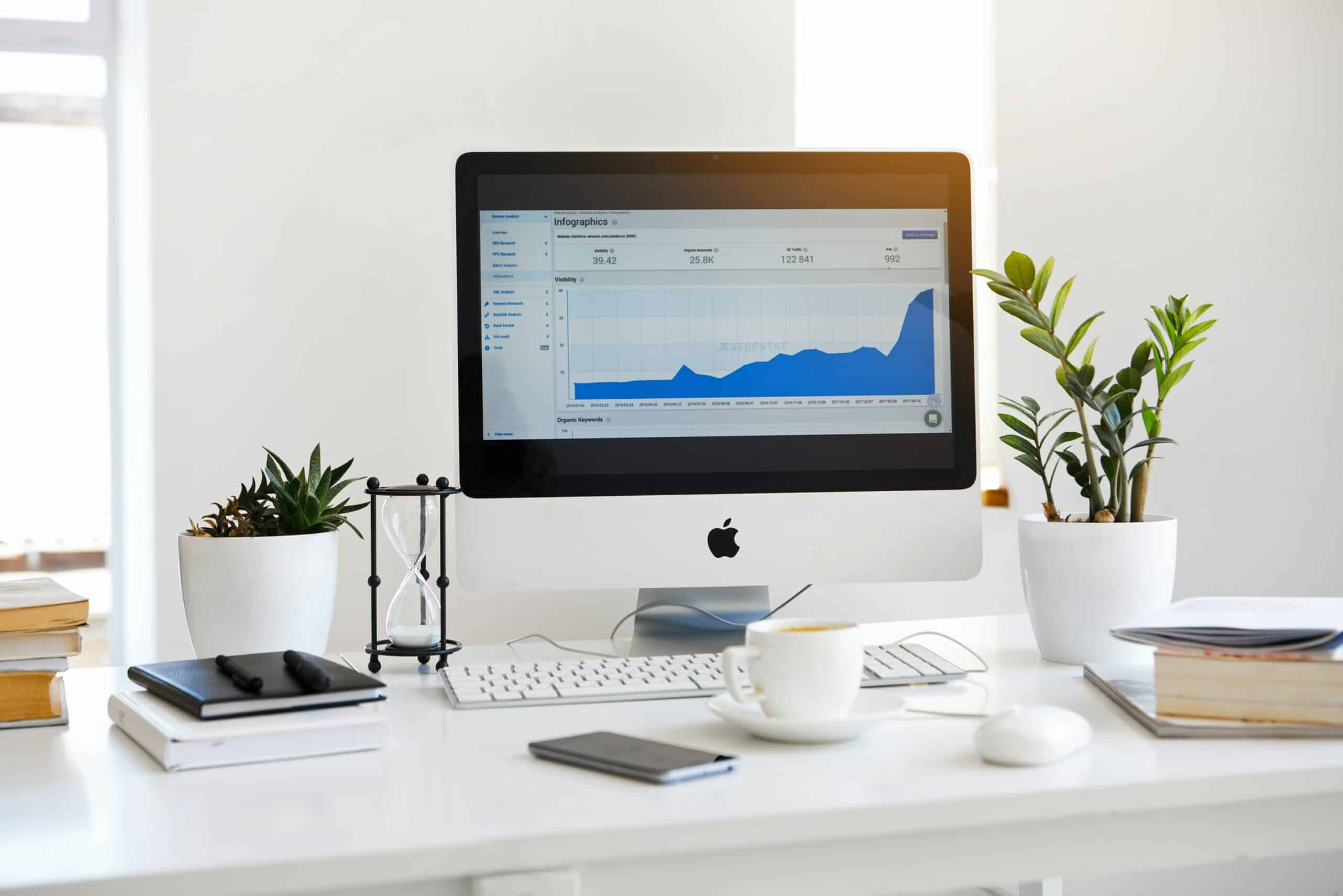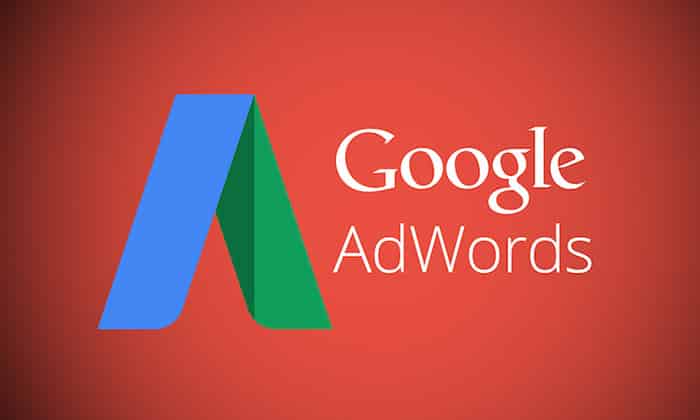That old piece of trivia that paper money carries more germs than your toilet seat has never been more relevant.
Society was already trending away from physical bills, but recent studies have found that 60% of consumers plan to use digital payments instead of physical in the future because of COVID-19. It’s official: cashless and contactless payments are here to stay.
And yet 50% of businesses (and 97% of small businesses) still use checks as their primary payment method.
So what does the future look like for B2B transactions?
The reality is that switching from tried-and-true manual processes to digital or electronic payments won’t be as easy as it is for the B2C world. But it’s inevitable, it’s necessary, it’s better for the industry in the long term — and viable solutions already exist.
There are hurdles to digital B2B payments
The B2B payments industry, though filled with innovative technology and fintech companies, has typically lagged behind in the adoption of electronic payments. That includes cards, digital bank payments, or even electronic check deposits.
Why the lag?
It’s pretty shocking just how many businesses still rely on physical checks for sending and receiving payments. For one thing, they’re expensive, up to $20 each. For another, they’re manual and slow, reliant on the mail.
The culprit, aside from pure inertia among legacy systems and corporations, is the friction between accounts payable and receivable. To send an online payment, a company needs to build the appropriate infrastructure and hope that the receiving vendor has built the necessary infrastructure to receive it — and that all of their other vendors have, too.
That’s true for every type of payment that the company wants to send. And then there are other hurdles, like the fact that credit cards are expensive to accept at high and low-value payments, so companies hesitate to accept them at all.
On the surface, it doesn’t seem worth the effort. Everyone can process a check, so why not stick to that?
How COVID Changed the Scene
But COVID-19 trends are forcing the issue. Here are some of the top ones we’ve seen:
- As demand for digital payments rises in the consumer sector, those digital expectations are beginning to trickle into the business sector.
- COVID-19 is making the logistics of sending checks a nightmare, from overnighting slips for a quarantined boss’s signature to disinfecting mail.
- Businesses are opening new accounts at digitally native banks to access their digital payments network and powerful digital portal.
- Accounts receivable and payable are being forced digital and forced towards each other, as companies digitally transform or get replaced.
Payments are coming online at a rapid rate. From our perspective as industry insiders, we’ve actually seen the B2B industry shift far more than the consumer payments industry — which had already largely digitized — in recent months as more businesses become reliant on digital banking.
In today’s environment and with the advent of more flexible digital payment solutions tailor-made for B2B needs, it’s time for manual payments to evolve.
Electronic Payment Processing is Already a Powerful Option
The good news is, much of that shift is already underway. While there isn’t a B2B Venmo equivalent (although who knows — as Banking-as-a-Service grows, will future generations know what a bank is?), checks should by no means be the default option, particularly for SMBs.
Check out these three examples of electronic payment processing solutions that accomplish the same thing, without the hassle or cost:
1. ACH Payments (or similar)
By no means new, Automated Clearing House (ACH) payments are a great option for electronic B2B payments in the US — you can find similar versions in other regions, like SEPA in the EU. It’s a way to transfer money from your business’s bank account to your vendor’s via either a debit or credit transaction.
Digital banks and Fintechs are offering new ways to push ACH payments in an effort to make the transition to electronic payments easier. For instance, Currencycloud partners with Dwolla, a Fintech that offers easy connectivity to ACH, to connect customers to both a U.S. and an international payments network.
2. Card-to-Check Solutions
Some new market entrants are solving that AP-to-AR friction by enabling companies to pay a bill by card on the front end, then providing a middle-man channel that mails the supplier a check on the back end.
It’s the ideal solution for companies that are stuck inside and struggling to manage the logistics of physical payments right now, bridging the gap between digital payment and physical reception.
3. Digital Banks
More and more, the most comprehensive and tailored solution for B2B payments will be a digital bank. This could be a digitally native bank that specializes in commercial clients, or it could be a B2B fintech platform that evolved into a digital bank by integrating with additional value-add services.
Either way, these providers supply you with all the infrastructure you need to send and receive payments so that you don’t have to build it yourself. As the popularity of these services grows, electronic payment processing will grow exponentially in the B2B payment industry.
There Are Substantial Benefits to Electronic Payment Processing
Right now, electronic or digital payments have one benefit that supersedes any other: they keep people safe, indoors, and away from unnecessary physical contact.
Long term, they’ll have other benefits, too.
This evolution comes with a shift toward digital systems that are automated, convenient, and efficient. Suppliers won’t have to wait for a check that’s “in the mail” because everything can go out in mere seconds to all suppliers. Businesses can automate reconciliation across currencies. Data can be readily fed into any type of system for any type of output. In short, payments won’t be the manual backlog that they are now.
The cost of payments at scale will go down, too. When you can optimize your processes and cut down on delays, not to mention find a digital solution that cuts out all physical expenses like checks, you can ensure that your electronic payments are working for you as effectively as possible.
That’s not to mention the broader implications of a more digital, cashless society, such as environmental sustainability and financial inclusion, where individuals and businesses have easy access to useful, affordable financial services that meet their needs. It’s a vision that digital banking is poised to deliver, and it’s made possible by tools like electronic payments.
The post Why electronic payment processing is the future of digital banking appeared first on Currencycloud.
Original Source: currencycloud.com





